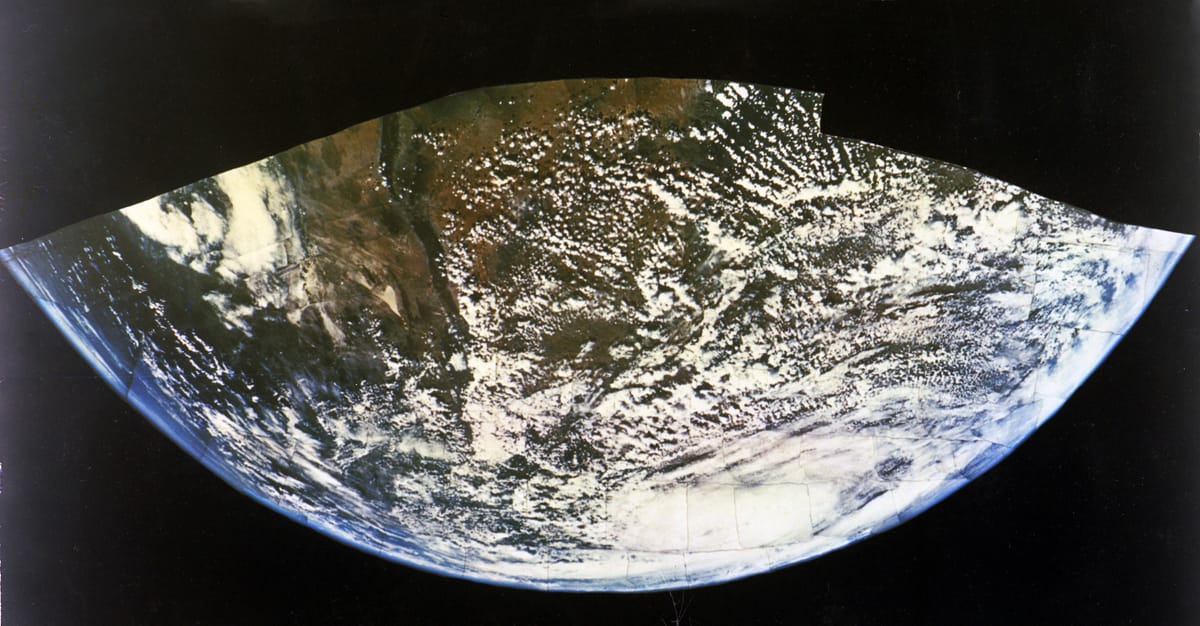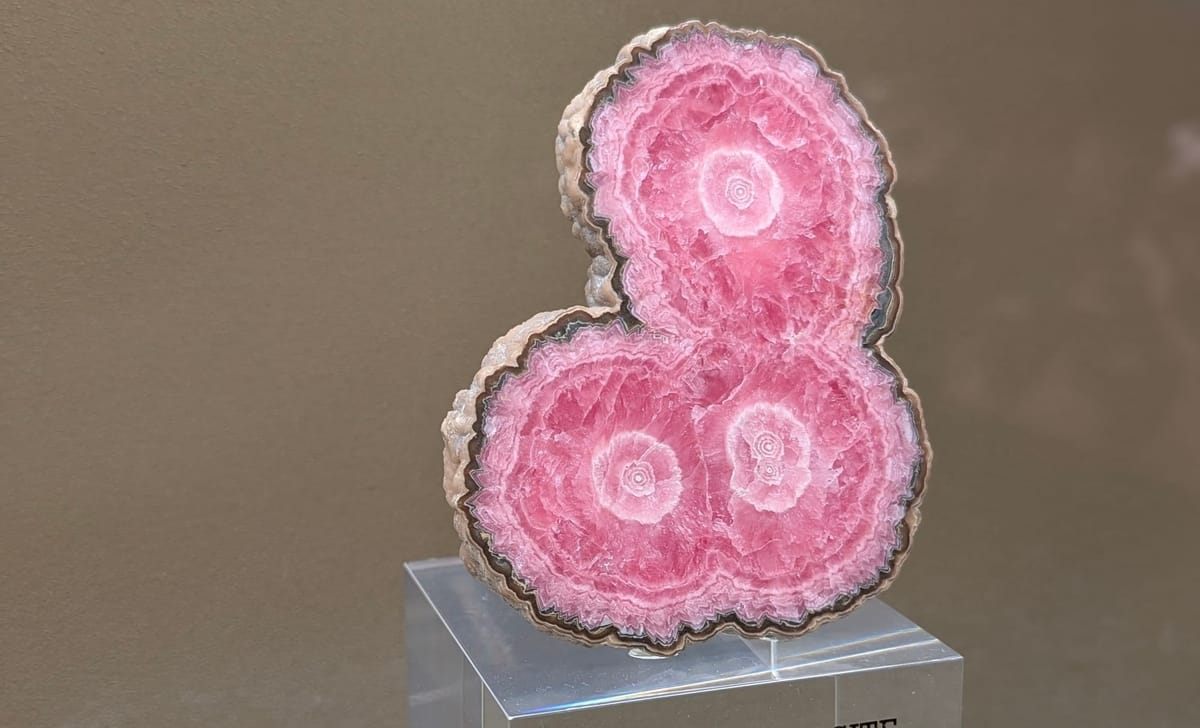Consider the cloud. It’s no secret the cloud plays an important role in regulating the climate. Clouds can reflect hot solar radiation away like a shield, or trap heat on the surface like wispy blankets. But clouds have long been a glaring mystery in atmospheric scientists’ computer simulations of Earth’s climate. They don't fully understand how to incorporate clouds into models, in part because they're still learning where clouds come from.
We learn in school that clouds come from evaporated water. That's not the full picture. Gases from Earth's surface collide in the atmosphere to form microscopic aerosols that seed clouds. About half of all cloud seeds form this way (virtually all form this way in the upper troposphere). The most well-studied of these gases are also well-known industrial pollutants, like sulfuric acid, ammonia. But again, that's not the full picture.
Research from the past decade has revealed a large role of gases made by living creatures, like plants and marine microbes.
I’ve written before about how stressed plants release vapors that react and combine in our chemically active atmosphere to form clouds. In fact, forests are constantly emitting gases that spike our sky with aerosols and form clouds.
In a new story for Smithsonian Magazine, I write about how this growing area of research goes far beyond forests. Plankton in the ocean release their own cloud-forming gases. Sea-spray from the ocean also ejects whole cells, proteins, and fragments of organic matter directly into the atmosphere. Wind carries these up and up and they become microscopic landing sites for water or ice.
[Read my new Smithsonian story here]
The “posterchild” organic cloud formers is a bacterium that lives on plants named Pseudomonas syringae. It helps nucleate ice crystals in the atmosphere at far warmer temperatures than it would without help. (Ski resorts use products derived from P. syringae in snow-making machines.)
It’s not just that the potential for biology to create clouds long eluded scientists. The actual breakdown of water clouds and ice clouds formed by biology is important to distinguish.
“The impact of water versus ice clouds on the radiative budget can be pretty big, and was responsible for a sizable mismatch between satellite observations and earth system models over the Southern Ocean until fairly recently,” Kathryn Moore, an atmospheric scientist at the University of Maryland, College Park, told me. Liquid clouds reflect more radiation than ice clouds. Models have typically overestimated ice content, which appears to throw off estimates of surface temperature and precipitation.

These complicated interactions between Earth’s surface and sky also go beyond clouds. In volcanic regions like Antarctica, where hundreds of volcanoes hide beneath ice sheets. A recent study reported that thinning ice sheets accelerate volcanic activity below by loosening a sort of pressurized lid. That can invite more eruptions that release heat and thin ice sheets even more. The process is slow but an important example of climate feedback.. Last year, journalist Gloria Dickie covered this potential for more eruptions in Iceland, where glaciers also weigh down volcanoes like a lid.
"Once again, scientists say, the elements needed to set off another surge in eruptions are converging. Glaciers now cover just 10% of Iceland, but that ice still weighs on more than half the nation’s 34 active volcanic systems, and it is rapidly melting as global temperatures climb. In the past 130 years, Iceland’s glaciers have lost about 16% of their volume, with half of that in just the past three decades. Scientists predict roughly half of the remaining volume will be gone by this century’s end." – Gloria Dickie for Reuters, Is climate change lighting a fuse under Iceland's volcanoes?
Whether for clouds or subglacial volcanoes, the challenge is now shifting to incorporating such data into models to predict climate is changing, and where it's changing most.
It seems like every discovery paints a messier picture of nature. But don’t mistake that messiness for a lack of understanding, according to atmospheric scientist Martin Heinritzi, who I spoke to in my Smithsonian story. “One of the big achievements of science, or physics in general, is that you can describe a large variety of phenomena with a relatively small set of basic principles,” Heinritzi said. “We should always strive to find these very simple underlying principles.”




